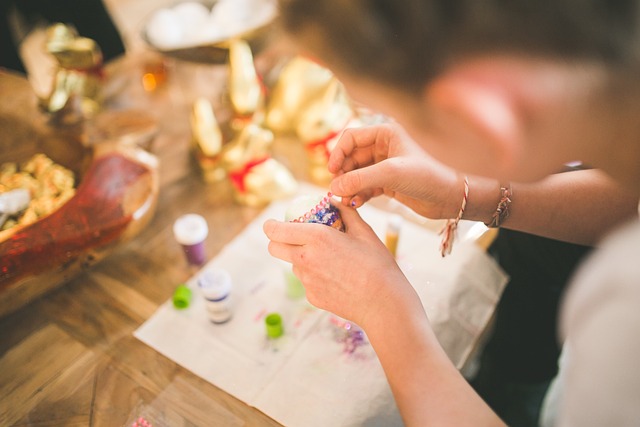Introduction to DIY Home Improvement
Engaging in DIY home improvement projects can be a fun and rewarding experience for homeowners. Not only can it save you money, but it also provides an opportunity to add a personal touch to your home. With the right tools and a bit of creativity, you can transform your living space into a beautiful and functional area that reflects your personality. In this blog post, we will explore the world of DIY home improvement, discussing the benefits, essential tools, and some popular projects to get you started.
Benefits of DIY Home Improvement
There are numerous benefits to taking on DIY home improvement projects. For one, it allows you to customize your home to your liking, making it truly unique. Additionally, DIY projects can be cost-effective, as you can often find materials and tools at a lower cost than hiring a professional. DIY home improvement also provides an opportunity to learn new skills and develop a sense of accomplishment and pride in your work. Furthermore, completing DIY projects can increase the value of your home, making it more attractive to potential buyers if you decide to sell in the future.
Essential Tools for DIY Home Improvement
Before starting any DIY project, it’s essential to have the right tools on hand. Some of the most common tools used in DIY home improvement include:
- Hammer
- Tape measure
- Level
- Drill
- Saw
- Sandpaper
- Paintbrushes
Having these tools will provide a solid foundation for completing a variety of DIY projects. It’s also important to note that the specific tools needed may vary depending on the project you’re working on.
Popular DIY Home Improvement Projects
There are countless DIY home improvement projects to choose from, depending on your interests and skill level. Some popular projects include:
- Painting a room or updating the trim and molding
- Installing new flooring, such as hardwood or tile
- Building a deck or patio
- Creating a backyard garden or landscaping
- Updating the fixtures and hardware in your kitchen or bathroom
These projects can make a significant impact on the look and feel of your home, and can be completed with minimal experience and expertise.
Tips and Safety Precautions
When working on DIY home improvement projects, it’s essential to take safety precautions to avoid injury. Always wear protective gear, such as gloves and safety glasses, and make sure you have a clear understanding of the project before starting. It’s also important to follow instructions carefully and use common sense when working with power tools and materials. Additionally, be sure to check local building codes and regulations before starting any project, and consider seeking advice from a professional if you’re unsure about any aspect of the project.
Conclusion
DIY home improvement projects can be a fun and rewarding experience for homeowners. With the right tools and a bit of creativity, you can transform your living space into a beautiful and functional area that reflects your personality. Remember to always take safety precautions, follow instructions carefully, and seek advice from a professional if needed. By taking on DIY home improvement projects, you can save money, learn new skills, and increase the value of your home. So why not get started today and see the impact that DIY home improvement can have on your living space?



